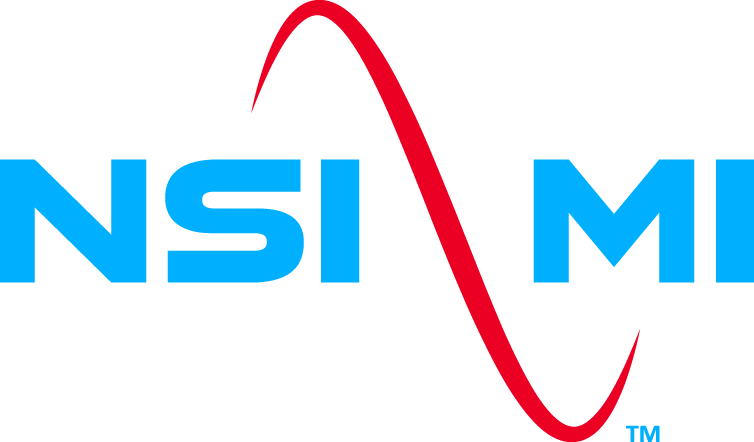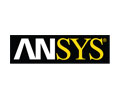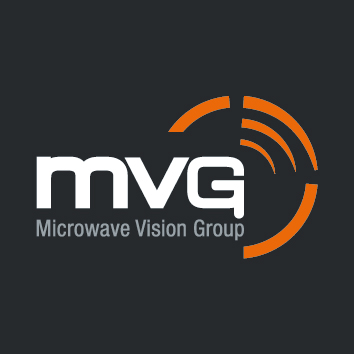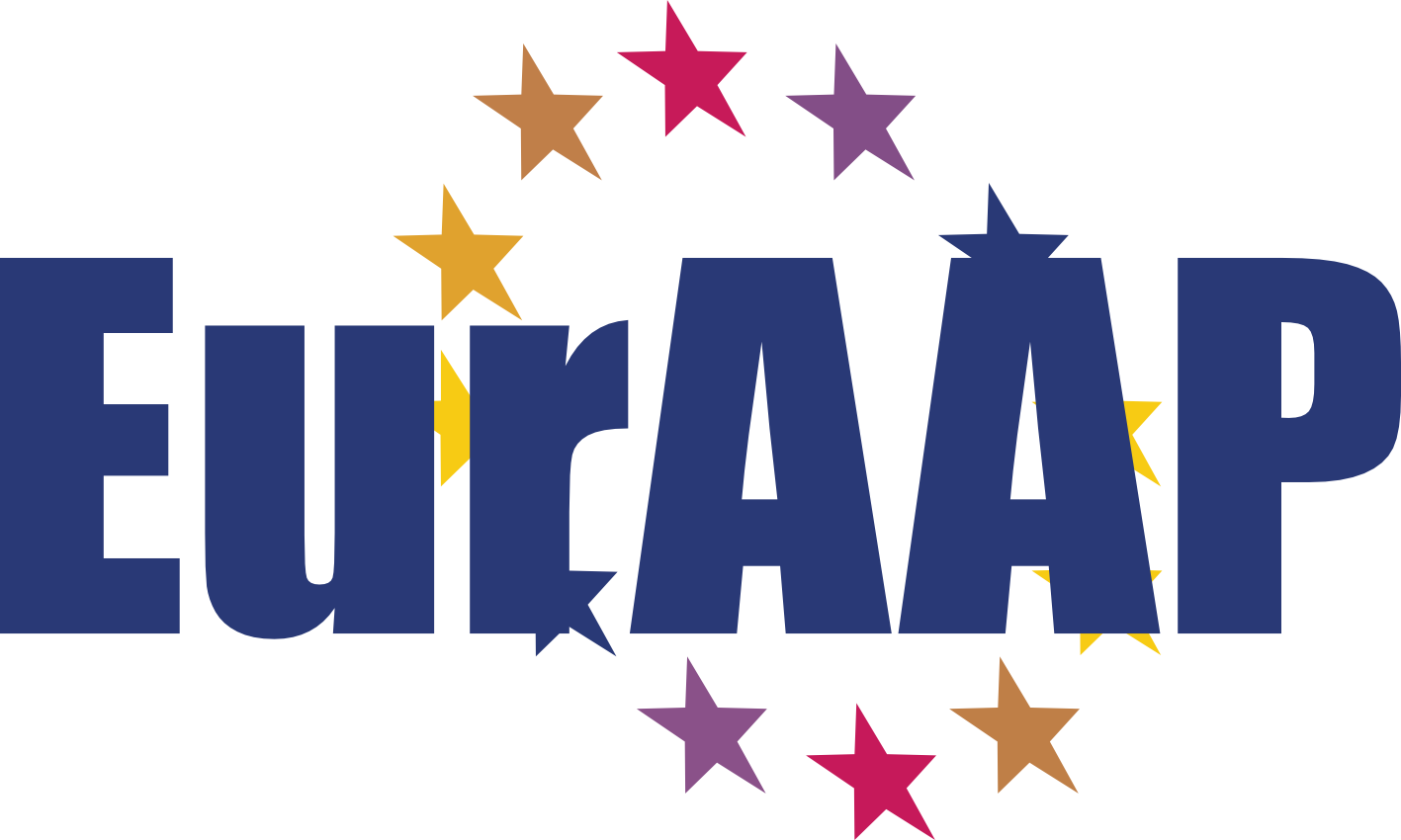Gap waveguides for mmWave antenna systems and electronic packaging
 Ahmed A. Kishk is a Professor and Canada Research Chair at Concordia University. He is a distinguished lecturer for the Antennas and Propagation Society (2013-2015). He is an AP AdCom member (2013-2015). His research interest includes the areas of Dielectric resonator antennas, microstrip antennas, small antennas, microwave sensors, RFID antennas, Multi-function antennas, microwave circuits, EBG, artificial magnetic conductors, and phased array antennas. He has published over 240-refereed Journal articles and 380 conference papers. He is a coauthor of four books and several book chapters and the editor of three books. He offered several short courses in international conferences.
Ahmed A. Kishk is a Professor and Canada Research Chair at Concordia University. He is a distinguished lecturer for the Antennas and Propagation Society (2013-2015). He is an AP AdCom member (2013-2015). His research interest includes the areas of Dielectric resonator antennas, microstrip antennas, small antennas, microwave sensors, RFID antennas, Multi-function antennas, microwave circuits, EBG, artificial magnetic conductors, and phased array antennas. He has published over 240-refereed Journal articles and 380 conference papers. He is a coauthor of four books and several book chapters and the editor of three books. He offered several short courses in international conferences.
Kishk received the 1995 and 2006 outstanding paper awards for papers published in the Applied Computational Electromagnetic Society Journal. He received the 1997 Outstanding Engineering Educator Award from Memphis section of the IEEE. He received the Outstanding Engineering Faculty Member of the Year in 1998 and 2009, Faculty research award for outstanding performance in research in 2001 and 2005. He received the Award of Distinguished Technical Communication for the entry of IEEE Antennas and Propagation Magazine, 2001. He received the Microwave Theory and Techniques Society, Microwave Prize 2004. He received 2013 Chen-To Tai Distinguished Educator Award of the IEEE Antennas and Propagation Society.
 Ashraf Uz Zaman is an assistant professor in the Division of Antenna Systems at Chalmers University of Technology, Sweden. His research interests include millimeter and sub-millimeter technology and systems in general. He has an interest in RF passive components such as filters and antennas.
Ashraf Uz Zaman is an assistant professor in the Division of Antenna Systems at Chalmers University of Technology, Sweden. His research interests include millimeter and sub-millimeter technology and systems in general. He has an interest in RF passive components such as filters and antennas.
He also has a keen interest in RF packaging and integration of RF electronics with antennas. His earlier works on Gap waveguide have been considered as pioneering work in that field. Recently, his PhD students have been awarded best paper awards in IEEE AP-S 2017 which was held in San Diego and ISAP 2017 conference in Phuket for their excellent research on the topic of gap waveguide. He has also been granted four patents and was a co-founder of a spin-off company called Gapwaves AB in Sweden.
Abstract
There is an emergent need for higher data rate related to upcoming wireless applications. Given the data rate, capacity and quality of service (QoS) requirements, this can only be possible if the vast unlicensed bandwidth available at mmWave frequencies can be utilized, and all the technical hurdles at mmWave frequencies (above 30GHz) are solved in a cost-effective way. In terms of available bandwidth world-wide, flexible transmission rules, 60GHz is a boon from a system perspective. But RF designers have faced enormous challenges in simulation, design, integration, physical realization, packaging and test of the complete systems. The technical challenges are literally orders of magnitude more complex than 2.4GHz or 5GHz Wi-Fi systems of today.
In future, the industrial winners will be the companies that can provide the mmWave hardware at the lowest cost. This requires new waveguide and mmWave packaging technologies that are more cost-effective than standard rectangular waveguide technology and is more power-efficient (lower losses) than PCB-based microstrip and coplanar waveguides. The gap waveguide technology has this potential.
The main advantages of the gap waveguide structure are as follows: Gap waveguide is a waveguide where EM wave can be guided and controlled even in an oversized parallel-plate structure. The waveguide can be realized without any requirement of metal contact between the upper metal surface and the lower surface, and thereby allowing cheap manufacturing of low-loss waveguide components at mmWave frequency bands or even higher. The relaxed mechanical requirements pave the way for low or moderate precision machining, lower fabrication time requirements and may even make possible the use of some low-cost fabrication techniques such as injection molding, and hot plastic embossing.
This short course will contain an overview of the gap waveguide technology, the parallel-plate stopband design, some antenna designs based on gap waveguide technology and some RF subsystem design such as filters, packaging of RF electronics. This will give an opportunity for the future antenna specialists to work and know about this newly devolved technology.
Course Outline
The course organization is as follows:
- An overview of the soft and hard surface, Hard waveguides.
- The fundamental principle of Gap waveguide technology, Comparison of losses with other available mmWave technologies such as a rectangular waveguide, SIW and microstrip lines, etc.
- The importance of the AMC design based on periodic structures, comparison of available stopband using different types of periodic structures.
- High gain planar slot array antenna designs based on different gap waveguide configurations.
- RF sub-system designs such as filters and diplexer.
- RF packaging with Gap waveguide.








